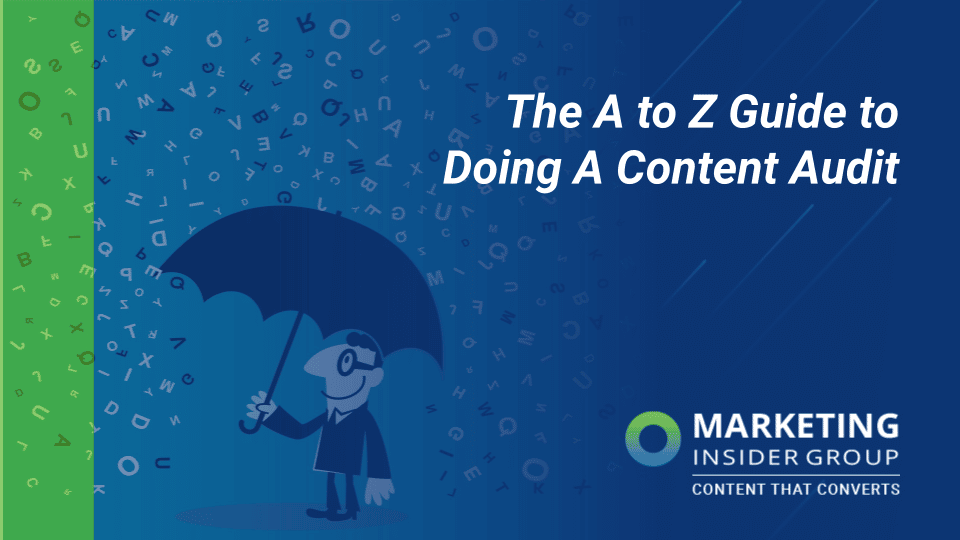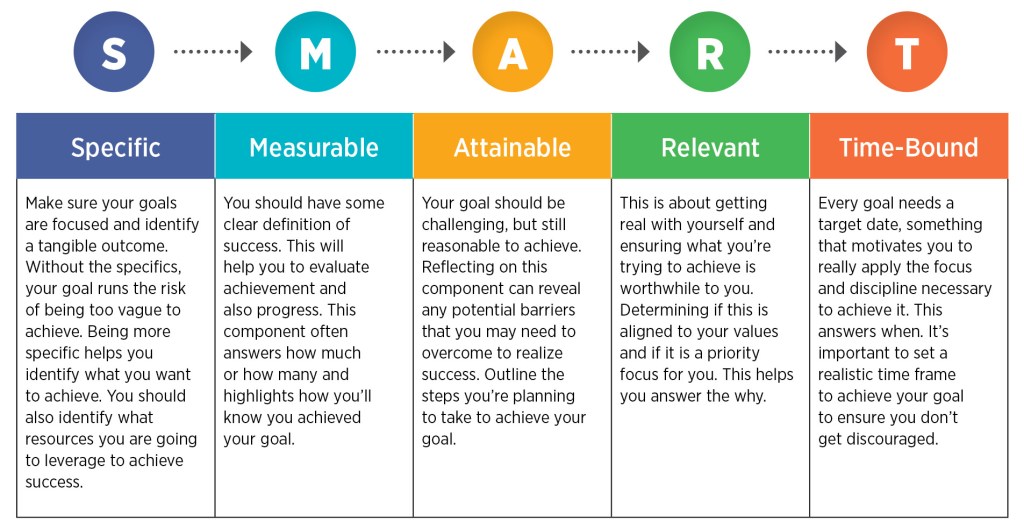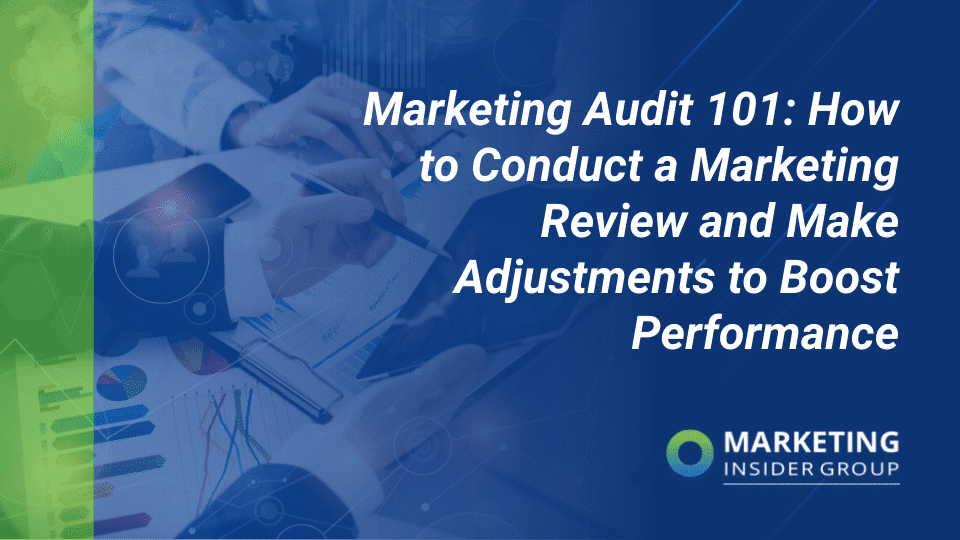
The A to Z Guide to Doing a Content Audit
In 2021, 82% of businesses use content marketing as part of their larger marketing strategy, but only about half feel that their efforts are successful. Why?
I would venture to guess that this problem is largely due to the fact that brands focus so much on new content that they forget to assess what they’ve already published. Fortunately, there’s a solution that brands can use to solve this predicament called a content audit.
Performing a content audit is like breathing new life into your entire content strategy. It helps you assess your existing content, make changes to optimize its performance, and use it to uncover insights that drive your future strategy in the right direction. Content audits answer important questions like:
- Which content is performing best? How can I optimize it even more?
- Which content is underperforming? How can I fix it?
- Is there content on my website that is no longer needed or relevant?
- What topics are resonating most with my audience?
- Where do gaps or new opportunities exist within my content?
If your business regularly publishes content but isn’t seeing results, a content audit is a good place to start in remedying the problem. Even if you feel your content strategy is successful, a content audit will likely give it a boost and make your future tactics even more effective.
In short: there’s never a bad time to do a content audit.
In this post, we’ll walk you through the step-by-step process of performing a content audit that will optimize your existing content and drive a future strategy that yields even bigger results.
Let’s get started.
Quick Takeaways
- Content audits optimize the performance of existing content and enable data-informed strategies for new content.
- Performing a complete content inventory is a key first step in any content audit.
- Content audit tools like Screaming Frog, SEMRush, and Google Analytics can automate certain processes, save time, and provide advanced insights.
- Each asset and content category should be graded using a predetermined rating scale.
- No content audit is complete without a defined action plan that includes periodic progress assessments.
Why brands should perform content audits
First thing’s first: what exactly is a content audit? And why is it important to incorporate them into your strategy?
Content audits are data-driven assessments of all content on your website. They use qualitative KPIs (key performance indicators) to help you understand how your content is performing. They provide insights that allow you to make informed decisions about existing content and future marketing activities. Most importantly, they make your overall content strategy more intentional by giving you a holistic view of your entire content library.
This is critical. Why? Because you can seriously grow traffic, leads, and conversions simply by revamping your old content. HubSpot, for example, increased organic search views on old posts by 106% and doubled the leads they generated with historical optimization alone.
If you never perform content audits, you’re at serious risk of wasting time, money, and effort creating content that doesn’t help you accomplish any of your larger goals (like subscriptions, conversions, and sales).
It’s just not a risk worth taking. Content audits take time and manpower, but the ROI they can deliver with the right approach makes them well worth the investment.
The complete guide to performing a content audit
Set goals
Like most strategic initiatives, an important first step is to set goals for your content audit. While most brands have common goals for performing their audit such as increasing organic traffic, generating new ideas for future content, or eliminating outdated content, your specific priorities will vary depending on your brand and the timing of your audit.
For example, if your website isn’t performing well, your top priority might be to consolidate webpages and eliminate content that’s no longer relevant. If you’re launching a new blog, your priority might be to find out which topics are most important to your audience. If you’ve done several content audits already, you might simply want to continue identifying new gaps and opportunities to pursue.
Other goals for your content audit may include:
- Improve SEO performance
- Increase conversion or subscription rates
- Increase content shareability
- Improve SERP rankings for certain topics
- Refresh existing/evergreen content
- Gain a better grasp of your entire content library
No matter what, your first step should be to define which goals are relevant for your brand and prioritize them before you start. If you don’t set goals, you’ll be left with no way to assess whether your content audit was effective.
Define metrics
Once you know your goals, the next step is to define how you’ll measure them. I typically recommend using the SMART goal method to do this:

Setting goals with clearly defined metrics means you’ll stay accountable and have a more exact measurement of how effective (or not) your content audit was.
Let’s use an example to demonstrate. If the primary goal of my content audit is to generate new ideas for future content, I could turn it into a SMART goal like this:
Original goal: Generate new ideas for future content
SMART goal: Generate 10 new blog title ideas under each of our 3 primary topic themes, all to be published over the next 6 months.
Now, I know what my goal is and exactly how to define whether or not I reached it.
Take inventory of your content
Many times, people confuse a content inventory for an actual content audit. In reality, taking inventory is just one part of the audit process, but it is one of the most critical. Without the complete picture provided by your content inventory, your content audit cannot be complete.
Taking inventory of your content generally happens in two important steps:
Create a spreadsheet of all content assets
This means everything. Webpages, blog articles, newsletters, videos, downloadable content (like ebooks or PDFs) — it all belongs in your content audit spreadsheet. You can do this manually, but if you have a lot of content, it’s probably worth finding a tool like Screaming Frog that can crawl your website and gather content for you.
Here’s a quick overview on how it works:
Once you’ve got everything collected, put it in one master spreadsheet (I recommend using an Excel Worksheet or Google Sheet) that’s easy to edit so you can add columns during your data analysis.
Categorize your content
The next step is to categorize your content in ways that will be valuable for you during your audience. For example, if your blog content is all published under one author or no author, you won’t need to categorize by author name. However, if multiple contributors write for your blog, it’s a good idea to categorize that way so you can see whose content is performing well (or not).
You might also want to categorize by content type (i.e. blog content, videos, webpages) or topic so that you can sort and analyze each category by their own data points (more on that shortly) and/or compare each category’s performance metrics.
Utilize content audit tools
Content audit tools enhance your audit by automating steps in the process and using technology to uncover insights that would be impossible (or extremely time consuming) to find manually.
We already covered Screaming Frog, which is useful for crawling your website and gathering content. Here are three other useful tools I recommend:
SEMRush Content Audit Tool
SEMRush’s Content Audit Tool allows you to audit your entire website or specific sections. It helps you update, merge, or remove content as needed, and can be connected to your Google Analytics account.
Google Analytics
Google Analytics is free and provides a plethora of information about organic traffic, user demographics, page views and more. If you’re not already using Google Analytics, I recommend that you start right away.
Here’s an overview on how you can get started:
Website Grader
Website Grader by HubSpot grades your website on several key metrics such as SEO, mobile optimization, web traffic and more. It’s a great place to start in assessing how users navigate your website or understanding why certain challenges exist.
Here’s a detailed walkthrough of how to use the tool:
Analyze your data
The data points you decide to focus on will depend on how you’ve prioritized your goals, but as a general content audit rule, the more data points you can analyze, the better. Data analysis can seem like a daunting task, but it’s essential to getting real value from your audit.
Here’s how to make it as simple as possible:
Add a column in your master spreadsheet for each data point
Every data point you’re analyzing should get its own column on your spreadsheet. Data points you may want to include are:
- Date last updated
- Page views
- Average time on page
- Word count
- Social shares
- Comments
- Content condition (outdated, evergreen, etc)
- Number of images/visuals
- Mobile friendliness
Create a consistent rating system and grade each asset
There’s no one way to do this, but the real key is to remain consistent.
Consider your content categories first, because you may not rate every category in the same way. Blog posts, for example, may get a high score for visual content if they include 3 or more visuals. Videos, on the other hand, are the visual content themselves. They don’t need that score. You may not be able to stay consistent across categories but do so when you can and always rate content in the same category using the same metrics.
Common ways to rate content is using a 1-5 scale or assigning A-F letter grades. You can set the metrics that determine the grade.
Once you’ve graded each asset under each relevant category and data point (this takes time and commitment!), you can find insights in a few ways:
- Average each asset’s score across its data points to give it an overall grade
- Average each category’s score and compare them (ex: are your blog posts scoring better than your videos overall? Is one topic earning more traffic than another? Is a particular author performing better than others?)
- Make individual notes and comments when relevant for each asset so you don’t forget things as you make updates
Create your action plan
One simple way to integrate action planning into your content audit is by assigning a clear action to each asset in your spreadsheet.
For example:
- Keep – Can remain as is.
- Remove – Outdated or irrelevant. Needs to be removed from website.
- Update – Needs update due to outdated content, poor SEO, or another reason.
In most cases, however, action planning isn’t quite that simple. In addition to assigning actions for each asset, it’s a good idea for your marketing and management teams to look at the findings of your audit to identify larger insights and create future strategies around them. These strategies could include things like:
- Creating more content of a certain type or around a certain topic
- Generating new SEO content title ideas
- Planning additional research to dive deeper into specific insight
- Adding new activities to your marketing strategy
- Making larger changes to website structure or UX
Stay accountable
To gain the most value from your content audit, it’s necessary to stay accountable well after the initial audit is complete. A great first step is a strategy meeting like the one we covered in the previous section. It’s also a good idea to assign specific team members and deadlines to each action item and schedule periodic check-ins to assess your progress.
Most important of all is to make content audits a regular part of your content marketing strategy. Google ranking factors, SEO standards, and marketing trends evolve over time. Data and statistics change. An annual content audit ensures your content never grows stale or becomes outdated. It also enables you to get the highest possible ROI on your existing content.
Jumpstart your content strategy today
Did you know Marketing Insider Group’s Content Builder Services include a comprehensive content audit? We also have a team of SEO experts and writers who can deliver you optimized, ready-to-publish content every week for one year (or more!).
Outsourcing your content creation and auditing can save you time and money while allowing you to focus on what matters most: your core business. Schedule a quick consultation with me to learn more about how MIG can help you achieve your content marketing goals.






